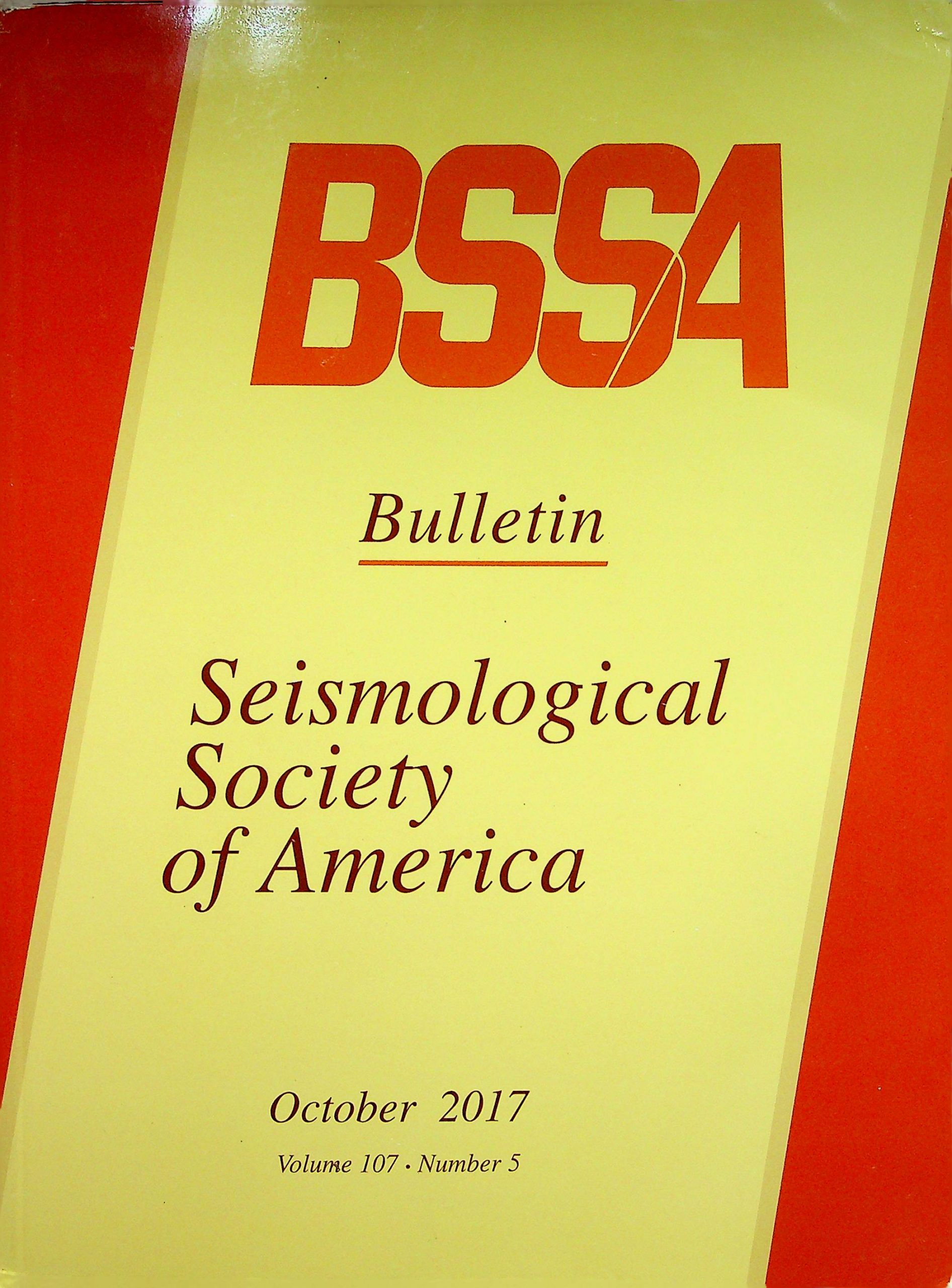Abstract We detect multiple short-duration ambient tremor events in the San Jacinto fault near the Anza gap applying multiple independent detection and location methods, including multibeam backprojection (Ghosh, Vidale, Sweet, et al., 2009; Ghosh et al., 2012), envelope cross correlation (Wech and Creager, 2008), spectral analyses, and visual inspection of existing network stations and high-density mini seismic array data. Different methods provide similar source locations for each ofthe tremor events in our catalog. All of the events have low-peak slowness values, indicating that they originate from a deep source, aiding in the elimination of potentialsurface noise sources that may cause false detections. The tremor events are depleted of high-frequency energy in the displacement-amplitude spectrum compared with a small local earthquake at a similar location, a characteristic of tectonic tremor (Shelly et al., 2007). All tremor events are located near the northwestern boundary of the Anza gap, where the Hot Springs fault terminates. Recent studies may be interpreted to indicate that deep creep may occur at depth in this region (e.g., Lindsey et al., 2014; Jiang and Fialko, 2016; Meng and Peng, 2016). Another study by Inbal et al. (2017)provided evidence for a slow-slip event in the Anza gap following the El Mayor-Cucapah earthquake, suggesting the potential for transient behavior in the region, for which we interpret tremor to be a seismic manifestation.
5
Seismological Society of America
Alexandra A. Hutchison and Abhijit Ghosh
Penerbit :
Evelyn Ave.,
Tahun :
2017
Buku lain-lain
-
No Scan192
-
No Klasifikasi-
-
ISBN
-
ISSN
-
No Registrasi-
-
Lokasi Terbit
-
Jumlah Hal16
-
Label-
-
Versi DigitalTIDAK
-
Versi FisikTIDAK
-
Lokasi Rak Buku Fisik//
-
Jumlah Exemplar Fisik Tersedia-




